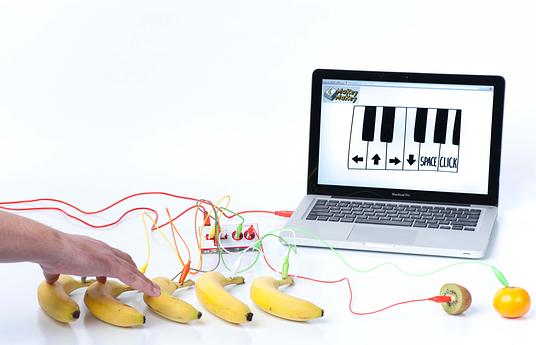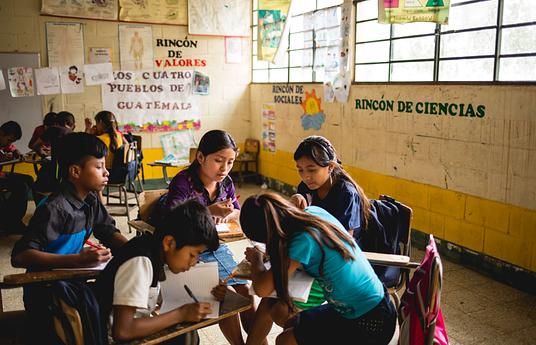As an International Baccalaureate (IB) educator, I embrace lifelong learning and sought to enrich the learning process for my students. Working as a curriculum developer for the enhanced MYP project I was introduced to Gert Biesta’s ‘world- education’. I asked my students, “What challenging question do you want to ask the adults in your school related to a current issue the world is facing?
The question: “What is a pretty face?”, led to a powerful social experiment challenging co, pretty privilege, and bias. I guided them through the Goal, Role, Audience, Situation, Product & Standards (GRASPS) strategy to bring clarity to their planning and learning process. The students designed, scripted, and choreographed a performance based social experiment. On the day of the showcase, 15 adults (teachers, staff & pedagogical leaders) were invited to the classroom one by one and asked to select the cast for an upcoming Hollywood movie. They were asked to choose the male lead, female lead, and villain from the set of pictures given to them. After the experiment all the adults were called in the room and shown the results where most of them had chosen people with darker skin tone to be the villain and people with lighter skin tone for the male lead and female lead. The students culminated the experiment with a dance performance advocating the adults to remove their implicit bias.
This innovation through dance to address social issue has helped it to make interdisciplinary threads with other subjects like language, social sciences and integrated sciences. The International Baccalaureate published this innovation in art education in the IB community blog to help art educators and other educators to experiment with possibilities and opportunities that interdisciplinary learning can provide. This also helped students to develop agency and apply their knowledge in real world situations. This also helped adults to learn along and with students to make conscious changes in their everyday life and develop a shared humanity.
Step 1: Carry out an inquiry with students to ask challenging questions to adults
Step 2: Identity a myth/ stereotype/ problem
Step 3: Ideate a social experiment
Step 4: Devise a method to collect and analyze data in a short span of time
Step 5: Have scripts and dance routines ready for different outcomes of the experiment
Step 6: Keep the audience curious till the end



